“I don’t want to make a painting; I want to open space, create a new dimension, relate to the cosmos, since it expands incessantly beyond the plane of confinement of the image.”(Lucio Fontana, Catalogue of the Exhibition Concetto Spaziale – Galleria de’ Foscherari, 1966).
In her publication Autoritratto (1969), Carla Lonzi, who is an Italian artist and critic, used the so-called Relational Art to create a narrative through interviews that looked for particular and personal reports. In a moment of intimacy and openness, Lucio Fontana, exponent of spazialismo and one of the invited artists, confessed to her that the void was his most important discovery.
If in Fontana’s work primary gesture, the disruption of the screen reveals the void, we can assume that the space resultant unfolds into a dimension that can no longer be held by the canva. The fission is also capable of breaking the tension that sustains the canvas, in a process of continuous expansion, relaxation and denial of the compositional need.
In this sense, as a possible development of this space, and the consequent subversion of the traditional painting, when detached from color, Jan Kaláb’s work finds in architecture a method for its internalization. The systematic progression of the cuts made on canvases supported by apparent chassis is not intended to be a simple representation of the object, but rather a perspective in continuous introspection and densification.
The rationality in delimiting such voids is, once again, an insubordination to what previously seemed to be the end of the image’s supporting plane. Jan finds in the shadow the necessary finishing touch to his cuts and, thus, guarantees the appreciation of his cartography, whose wanted fluidity proposes new visual dynamics, which interfere and depend on its surroundings and context.
The volumetric density resulting from the overlap, as well as the multiplicity of possible images, determine and increase the weight supported by its structures. They suggest transformation over time, based on a gradual, cyclical and conscious sequence, where each absence opens up a new perspective. The process of internalizing the work is also the search for its essence, through centrality, movement and rhythm, in the composition of a constantly
revealed space.
By Vinicius Fadel, Movimento Gallery
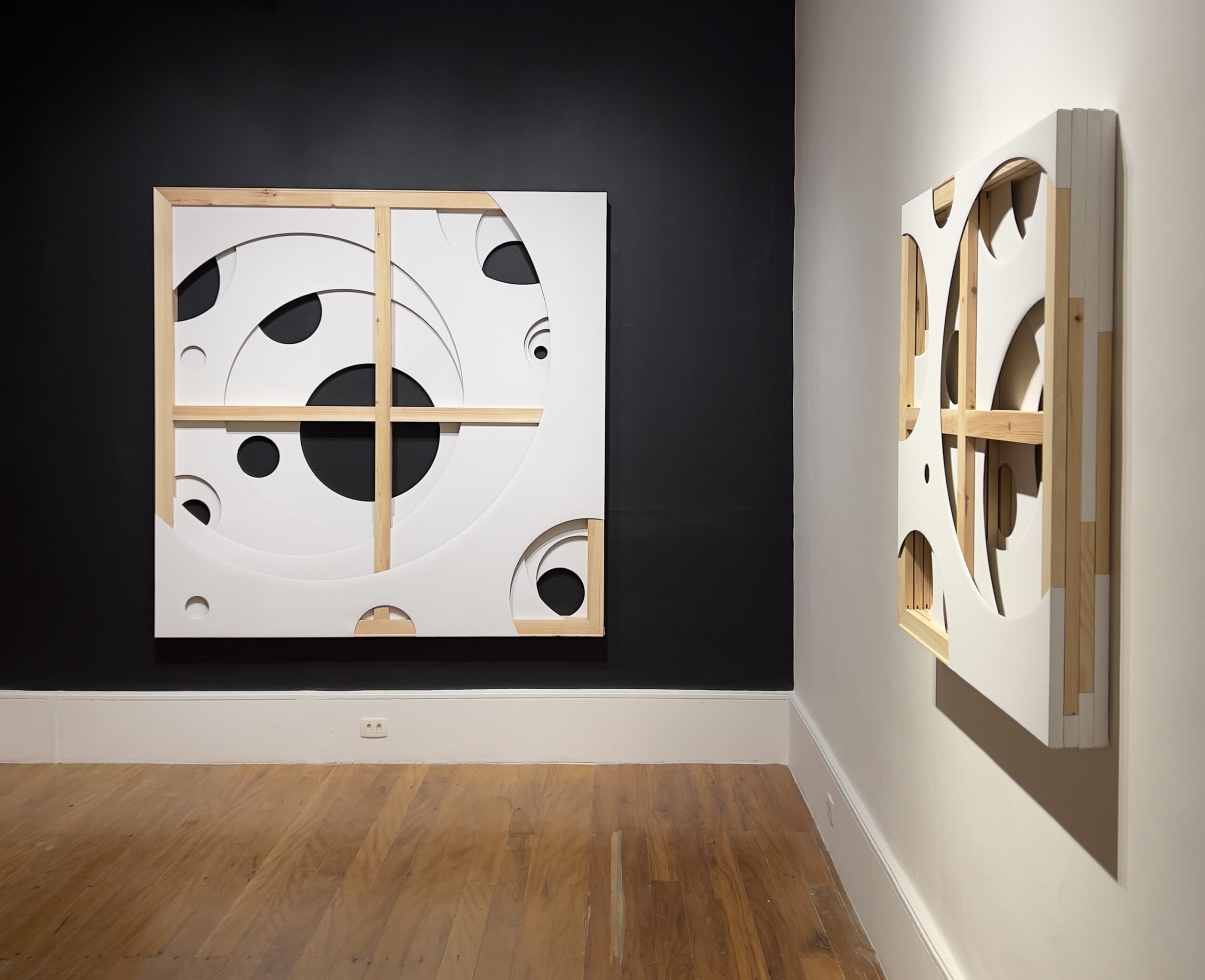
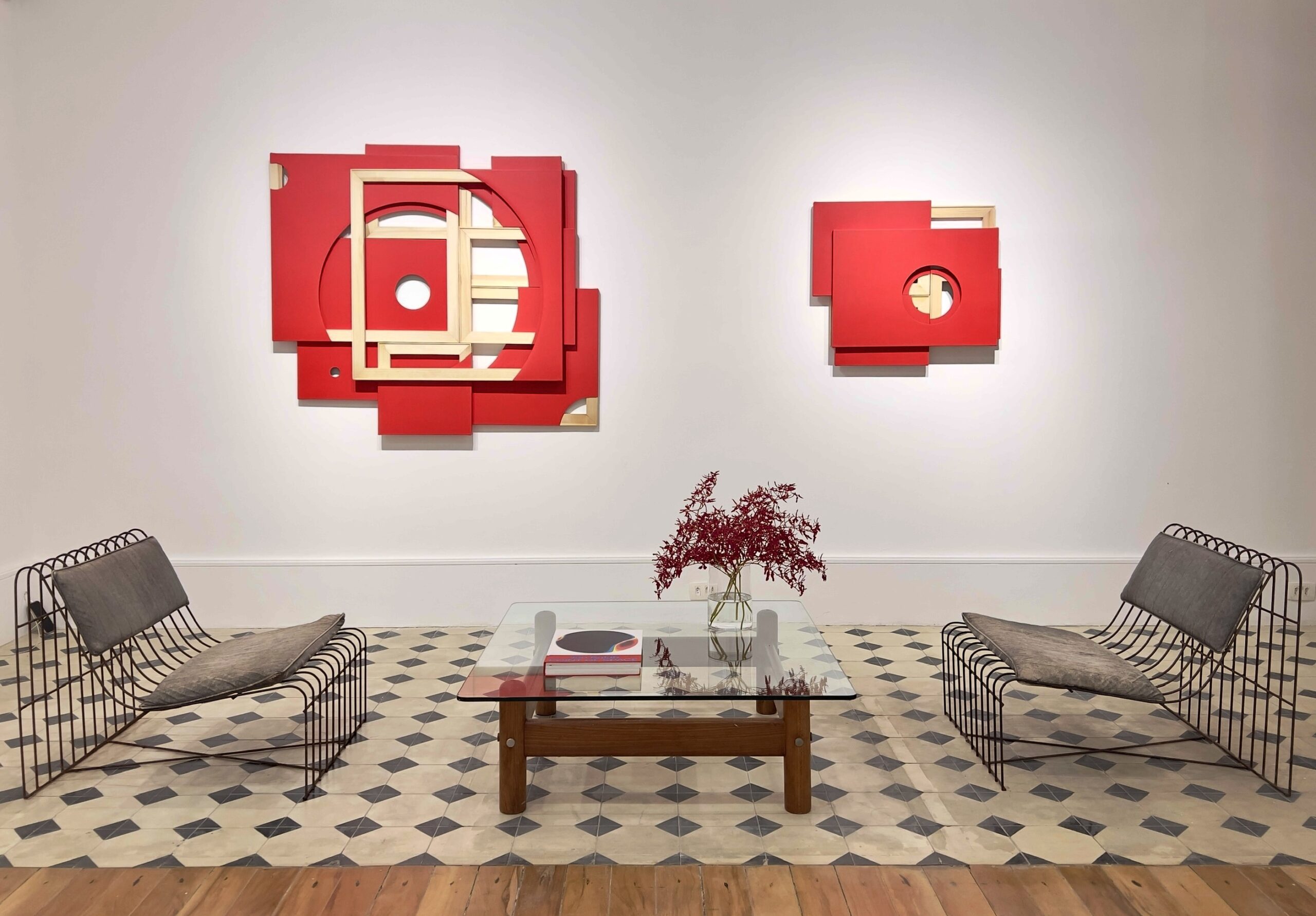
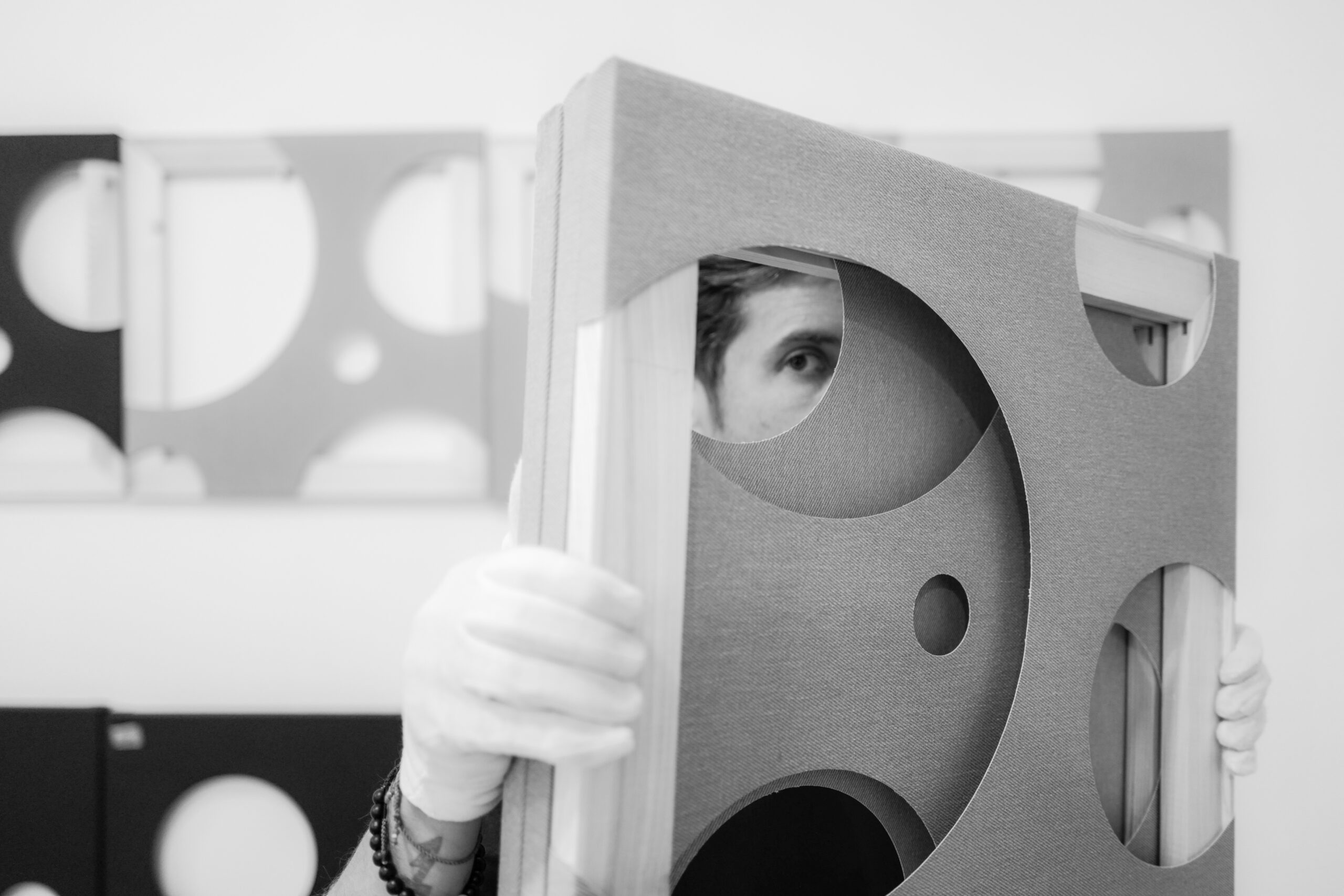
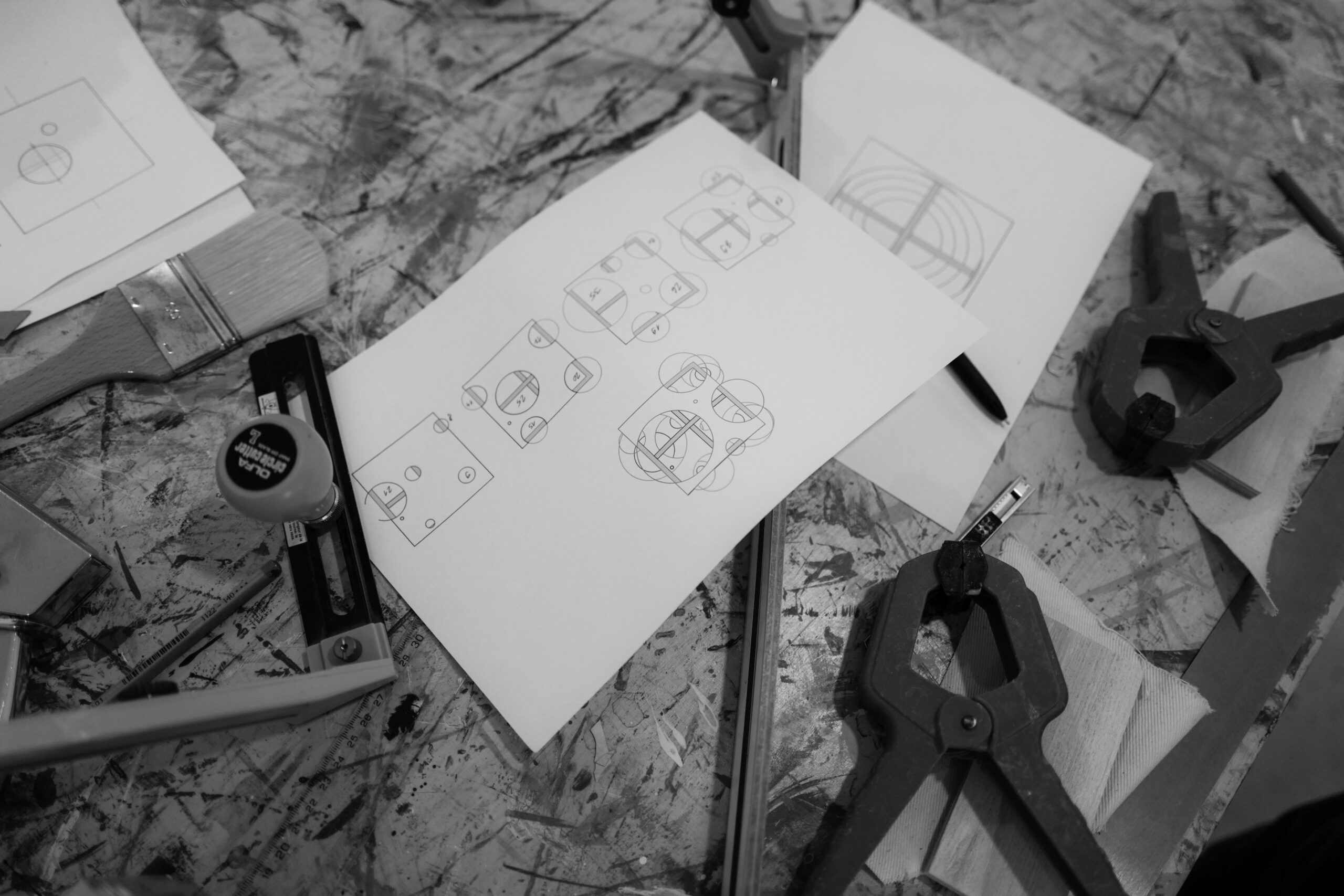
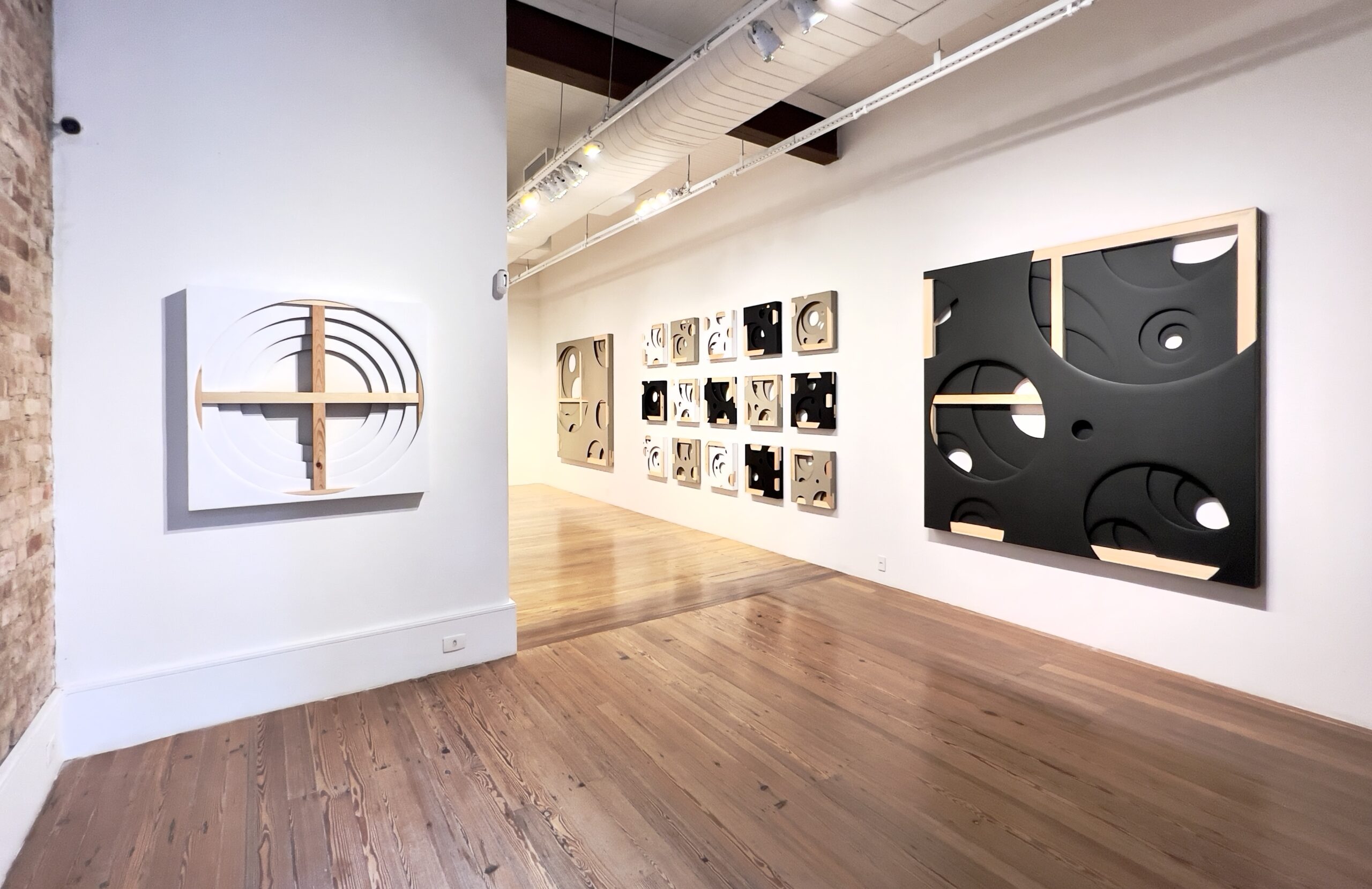
 Back to overview
Back to overview